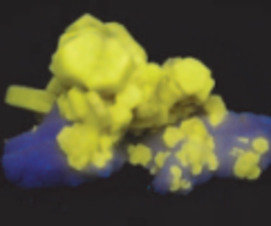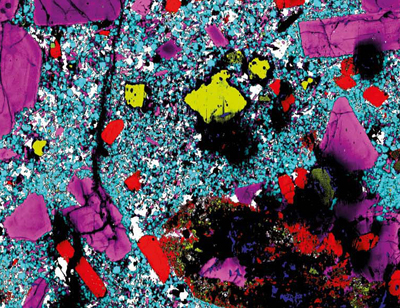A Technological Gem: Materials, Medical, and Environmental Mineralogy of Apatite
Apatite has numerous applications that benefit society. The atomic arrangement of the apatite crystal structure and its rich and variable chemistry impart unique properties, which permit a wide range of technological and scientific applications in an array of disciplines outside of the traditional Earth sciences, including ecology, agronomy, biology, medicine, archeology, environmental remediation, and materials science. In our daily lives, apatite is essential for sustaining and enhancing human life through agricultural amendments, through bone replacements, through fluorescent lights, and through environmental remediation of contaminated soils. Apatite is truly a technological gem.
A Technological Gem: Materials, Medical, and Environmental Mineralogy of Apatite Read More »





